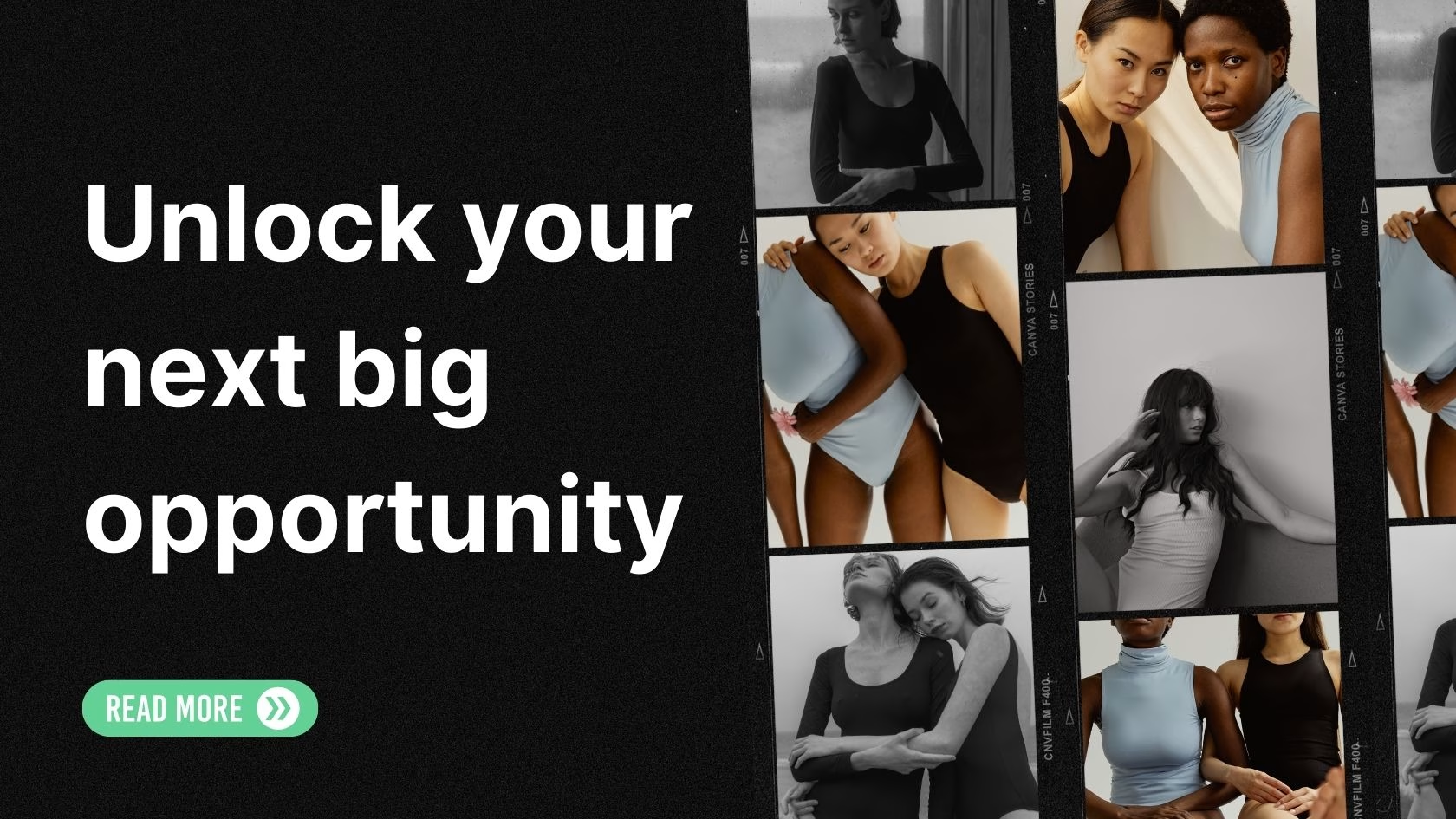Key Takeaways
- Netflix’s co-CEO Ted Sarandos says AI is a tool to enhance storytelling, not just cut costs.
- AI-powered workflows helped complete a complex VFX sequence 10x faster than traditional methods.
- Original productions like El Eternauta highlight how AI and virtual production are boosting creativity on lower budgets.
- AI is actively being used in previsualization, shot planning, and visual effects across various Netflix titles.
AI in Entertainment: A Creative Boost, Not a Replacement
Artificial Intelligence is reshaping the entertainment industry—and Netflix is leaning into it, not as a threat to creativity but as an asset. Co-CEO Ted Sarandos made this clear during Netflix’s Q2 2025 earnings call, stating that AI will help creators produce better content—not just cheaper content.
“We remain convinced that AI represents an incredible opportunity to help creators make films and series better, not just cheaper,” said Sarandos.
At a time when filmmakers and production teams are looking for faster, more cost-effective ways to deliver high-quality content, AI offers a solution that expands creative boundaries without compromising artistry.
Where Netflix Is Using AI Right Now
Netflix isn’t just talking about the future—it’s already deploying AI in real productions. Key applications include:
- Previsualization: Helping directors map out complex scenes in early stages
- Shot Planning: Streamlining how scenes are structured and executed
- Visual Effects (VFX): Accelerating rendering, compositing, and scene assembly
According to Sarandos, these tools are empowering creators across all budget levels, not just for big-budget blockbusters.
Case Study: El Eternauta — Argentina’s AI-Enhanced Sci-Fi Drama
A standout example is El Eternauta, an upcoming Argentinian sci-fi series. Based on the popular comic, the show follows survivors of a deadly, toxic snowfall in Buenos Aires. Netflix teamed up with Argentinian VFX artists to apply generative AI and virtual production in key scenes.
One standout moment featured a building collapse, created using AI-assisted visual effects. According to Sarandos, this sequence was completed ten times faster than it would have taken using traditional VFX workflows. The result? A high-quality, visually compelling moment delivered on a fraction of a big Hollywood budget.
This six-part series showcases how AI and virtual tools can empower international crews to deliver top-tier results, even with tighter resources. “The creators were thrilled with the result. We were thrilled with the result. And more importantly, the audience was thrilled with the result,” Sarandos shared.
What This Means for Aspiring Creators
For up-and-coming filmmakers, actors, and production professionals, this shift is a game-changer:
- Independent creators can compete at higher levels with fewer resources
- Smaller production teams can visualize ambitious concepts more easily
- AI reduces the bottlenecks in VFX and planning, helping projects get to screen faster
This isn’t about replacing talent—it’s about equipping them with powerful tools that amplify creativity.
The Bottom Line
Netflix’s integration of AI into its production pipeline signals a major trend that the rest of the entertainment industry can’t ignore. Whether you’re a director, screenwriter, or visual artist, understanding how AI can enhance your workflow could set you apart in a competitive market.


